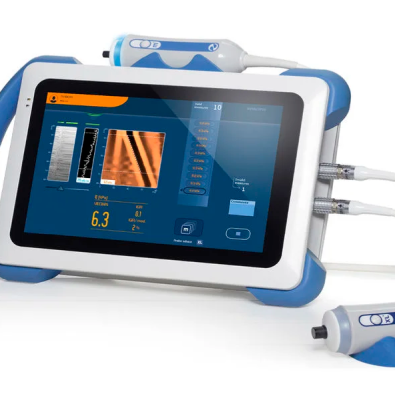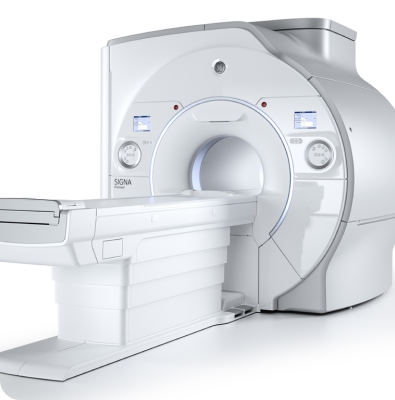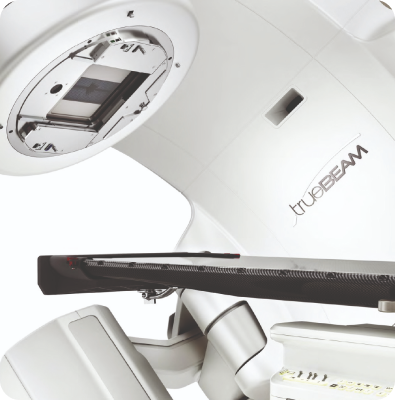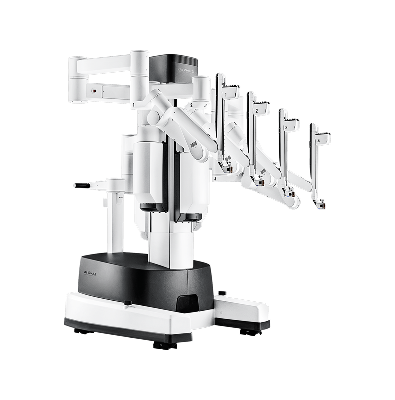The Audiology (Hearing – Balance) and Speech Department addresses the following health conditions:
- Hearing Loss
- Vertigo (Dizziness)
- Speech Disorders
- Voice Disorders
HEARING LOSS
Speech, the most common tool of communication, is learned by infants and children through listening to speech in their surroundings. Normal speech development is only possible with healthy hearing. Hearing loss prevents children from learning to speak, and as the degree of hearing loss increases, its negative impact on speech development becomes more pronounced. At a certain level, speech cannot be learned naturally.
Children who cannot communicate verbally experience limited interaction and inadequate stimulation, which negatively affects their cognitive development and creativity. A hearing-impaired child may become irritable, withdrawn, and socially maladjusted due to difficulties in expressing emotions and needs. To ensure near-normal speech and language development, it is crucial to diagnose hearing loss early and begin hearing aid use without delay. Early intervention positively affects a child’s social, emotional, cognitive, and academic development.
In elderly individuals, hearing loss can lead to social withdrawal, lack of awareness, memory problems, and even dementia. Patients in this group often describe their complaint as “I can hear, but I can’t understand.”
With technological advances, hearing aids have improved greatly in both performance and design. Old analog devices have been replaced by digital ones that produce more natural sound. Depending on the degree and type of hearing loss, hearing aids can be in-the-ear, behind-the-ear, or bone-conduction models attached to eyeglasses or headbands. For those who cannot benefit from conventional hearing aids, surgically implanted cochlear implants—commonly known as “bionic ears”—can restore hearing ability.
Hearing loss affects children and the elderly differently, and its severity increases in proportion to the degree of loss. Therefore, corrective measures should be taken as soon as possible in individuals with hearing impairment.
VERTIGO (DIZZINESS)
Balance is a complex mechanism maintained by the integration of information from the vestibular system (inner ear), visual input, and the somatosensory system, which are processed by the central nervous system and translated into muscle and skeletal responses. Any disruption in this system manifests as dizziness. The inner ear is the primary organ responsible for balance and contains both the hearing and balance organs, which are located next to each other. For this reason, diseases affecting one often impact the other as well.
Vertigo, derived from Latin meaning “to turn,” refers to a sensation of spinning or imbalance caused by incorrect signals from the body’s balance systems or misinterpretation of correct signals. It is not a disease itself but a symptom of various disorders. While the inner ear is the primary organ responsible for balance, the eyes, joints, muscles, brain, and spinal cord all work together to maintain equilibrium. Diseases affecting these systems can lead to vertigo.
The most common type is benign paroxysmal positional vertigo (BPPV), which originates in the inner ear and occurs with head movements, producing a spinning sensation. It may be triggered by lying down, getting up, bending forward, or looking up. Known colloquially as “displaced crystals,” BPPV is often treated not with medication but with repositioning maneuvers that restore the displaced crystals. Vertigo may also result from disorders related to the ENT, Neurology, Ophthalmology, Internal Medicine, or Cardiology fields, and its treatment is determined according to the underlying cause based on test results.
SPEECH DISORDERS
The most common speech disorders in children include stuttering, articulation disorders, and delayed speech. Stuttering is a fluency disorder characterized by interruptions or blocks in the flow or rhythm of speech. Articulation disorders involve errors in the production of speech sounds—specifically, in their place, manner, speed, or timing. Delayed speech refers to speech development that lags behind what is expected for a child’s age. Children with delayed speech often have a limited vocabulary, struggle to form sentences, and use gestures or facial expressions instead of words to communicate. They may prefer solitude and exhibit frustration, such as crying, shouting, or throwing toys, due to their inability to express themselves.
With timely diagnosis and appropriate therapy, many of these speech disorders can be partially or completely corrected.
VOICE DISORDERS
When exhaling, air from the lungs passes through the larynx (voice box). If the vocal cords are closed as air passes through, they vibrate and produce sound. A normal voice is one that matches the quality, pitch, and tone expected of a person’s age, gender, and cultural background. A voice disorder occurs when these characteristics differ significantly from what is typical or appropriate for effective communication.
Many factors can cause voice disorders, including habits such as speaking loudly, shouting, or frequent throat clearing; medical causes such as laryngectomy, thyroid or cardiac surgery, and intubation; as well as respiratory, hormonal, or gastrointestinal conditions, allergies, smoking, alcohol consumption, and certain neurological disorders.
It is important for individuals with voice problems to undergo medical evaluation. To prevent permanent damage, voice therapy may be recommended. Voice therapy teaches patients how to produce the best possible voice using their vocal system, how to recover from injury or strain, and how to maintain vocal health. It includes exercises to balance vocal physiology, improve breath coordination, and maintain appropriate pitch, volume, and tone quality. Therapy also emphasizes eliminating harmful behaviors and environmental factors to ensure long-term vocal well-being as part of a comprehensive rehabilitation approach.







